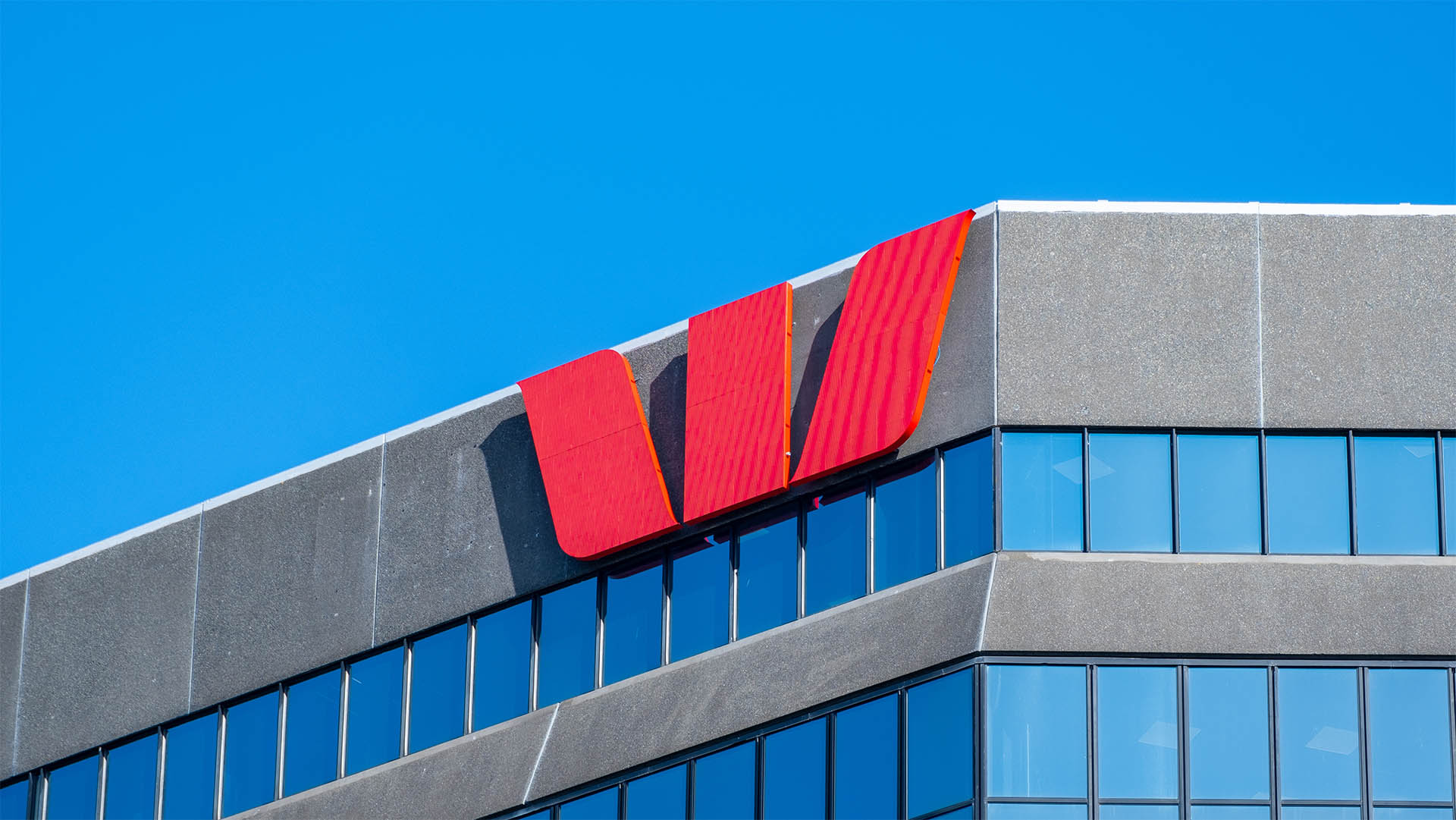In a different vein, the latest inflation gauge from TD Securities and the Melbourne Institute shows a high level of price pressures still in the economy.
The monthly inflation gauge rose by 0.3% in November, repeating October's rise, which followed a 0.2% rise in September.
TD Securities said that over the year to November, the inflation gauge rose by 3.6%, the highest year-end inflation figure since March.
Interest rates have risen twice since then, with the August rise clearly not having much of an impact.
The firm said the gauge's trimmed mean measure of annual underlying inflation was 3.6%.
That measure is similar to one of the RBA's preferred inflation measures.
It is well above the 2%-3% target band of the RBA, which doesn't act every time there's a surge, but waits to see what happens over time.
That's what the RBA did in the first half of the year when the official Consumer Price Index produced rises in the cost of living that were on the low side, as did the RBA's own measures.
That changed however as the year went on and even though the September quarter headline figure was 1.9% for the Consumer Price Index, the RBA's own measures showed core inflation was running between 2.9% to 3.1%, well above its target band.
That caused the RBA to switch tack on inflation and regard all low figures with suspicion and brought the mid-election campaign rate rise.
In its November Monetary Policy Statement the RBA put inflation at more than 3% for most of the early months of next year, easing to around 2.9% in early 2009 at best.
TD Securities said the higher cost fuel, fruit, rental accommodation and the prices of deposit and loan facilities (interest rates) were the main reasons for the high reading.
The cost of vegetables, holiday travel and accommodation and audio, visual and computing equipment fell. Except for vegetables (which are seasonable and linked to good rains in some growing areas), the other products or services that fell relate to the higher value of the Australian dollar.
TD Securities senior strategist Joshua Williamson said that if not for the recent bout of sub-prime and other banking related concerns, together with questions over the health of the US economy, "the RBA would have been looking to hike interest rates at its meeting tomorrow.
"On inflation grounds alone, the case for a further interest rate rise is compelling, but the market ructions suggest a cautions approach from the RBA," he said.
And Australian manufacturing had a 'moderate' month in November, the latest Performance of Manufacturing Index shows.
The Australian Industry Group – PricewaterhouseCoopers Australian Performance of Manufacturing Index (Australian PMI) rose by 0.5 points to 53.8 in November.
(A number was above the 50 level which separates an expansion from a contraction).
That's means the manufacturing sector has had its 18th consecutive month of growth.
The survey revealed activity expanded in six sectors in November, down from nine in October.
Wages growth was moderate while capacity use rose slightly.
But a stronger Australian dollar, skills shortages and competition from China were still seen as negative factors affecting business.












